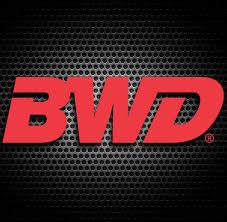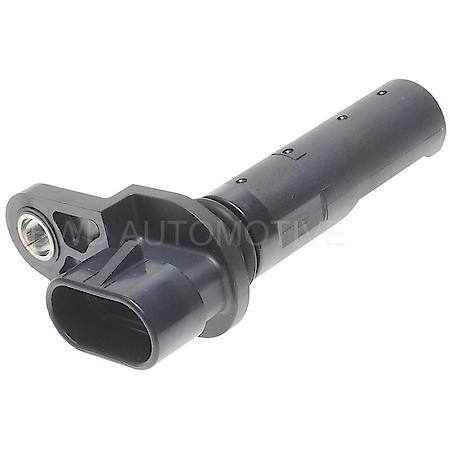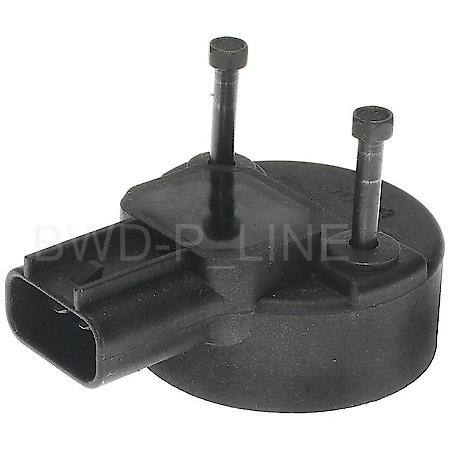
BWD Camshaft and Crankshaft Sensors


BWD Camshaft and Crankshaft Sensors
Description
This 3-minute Camshaft / Crankshaft Position Sensor training Module, features BWD's manufacturing process, and details the features and benefits that sets our sensors apart from the competition.Our comprehensive line of Camshaft and Crankshaft Position Sensors has applications for import and domestic vehicles, including Chrysler, Ford, GM, Honda, Mercedes-Benz, Nissan, Toyota, and Volkswagen.
BWD and Intermotor Camshaft Position Sensors
Timing is Everything.
Typically located in the engine’s cylinder head, camshaft sensors determine which cylinder is firing in order to establish injector synchronization and coil firing sequence in DIS systems. The sensors can fail due to extreme temperature, contamination, and wear and tear.
To protect against failure, BWD and Intermotor manufacture camshaft sensors using premium components such as a fluorocarbon rubber oil seal that ensures a secure fit and advanced circuitry that protects against electromagnetic interference such as stray electro-magnetic fields, power spikes, and static electricity. Plus, to ensure durability and longevity, BWD and Intermotor subject each camshaft sensor to extensive end-of-line testing, including a 48- to 64-hour-long vibration test across three different planes.
Tech Tip:
To determine if a sensor is malfunctioning, use a scan tool to check the RPM while cranking the engine. If the engine runs, a scope is the best diagnostic tool.
BWD and Intermotor Crankshaft Position Sensors
Designed for Perfect Timing.
BWD® and Intermotor® designs the details that deliver superior quality and performance. Manufactured in our TS16949-certified facility in Reynosa, Mexico, our Crankshaft Position Sensors feature matching connectors and tin-plated brass terminals to ensure an accurate, watertight connection to the wiring harness. They
undergo 100% end-of-line testing to ensure proper timing, pulse width and signal amplitude.
Crankshaft position sensors are typically located in either the timing cover or on the side of the block with a cylindrical portion that inserts into the
block, crankshaft position sensors set ignition timing, supply the RPM signal, and determine engine speed.
Do the Job Right: Replace Cam/Crank Sensors Together:
With ever-increasing fuel economy regulations, modern engines are using VVT systems with multiple camshafts. A typical DOHC engine will have 2-4 camshaft position sensors as well as a crankshaft position sensor. If one sensor fails, it likely means that the other sensors are nearing the end of their service life, too. To ensure proper performance, we recommend replacing the camshaft and crankshaft position sensors together
Quiz Instructions
This quiz consists of a series of randomized questions. Answer each question to the best of your ability and then click "continue".
To get started select "Start Test" below.
